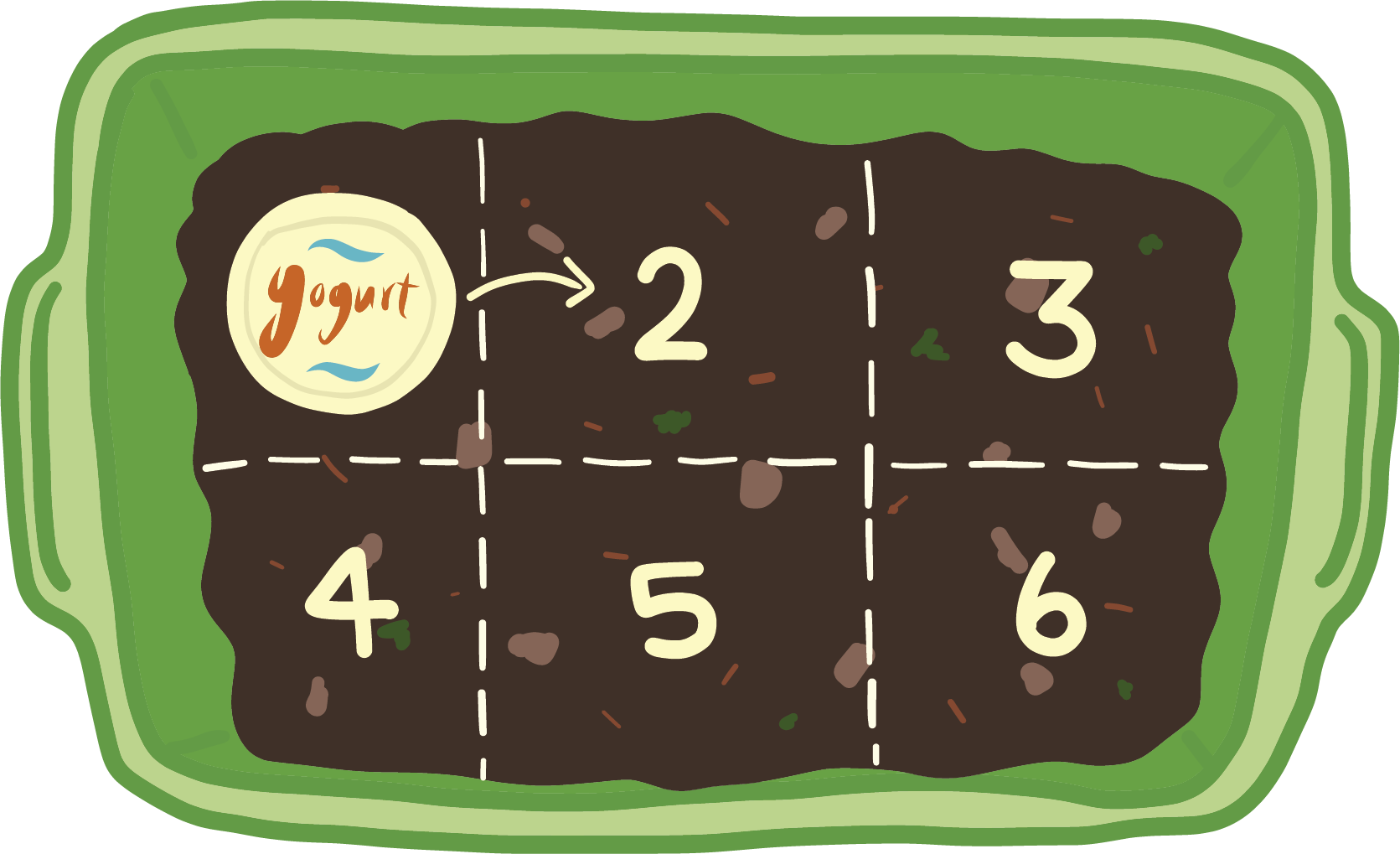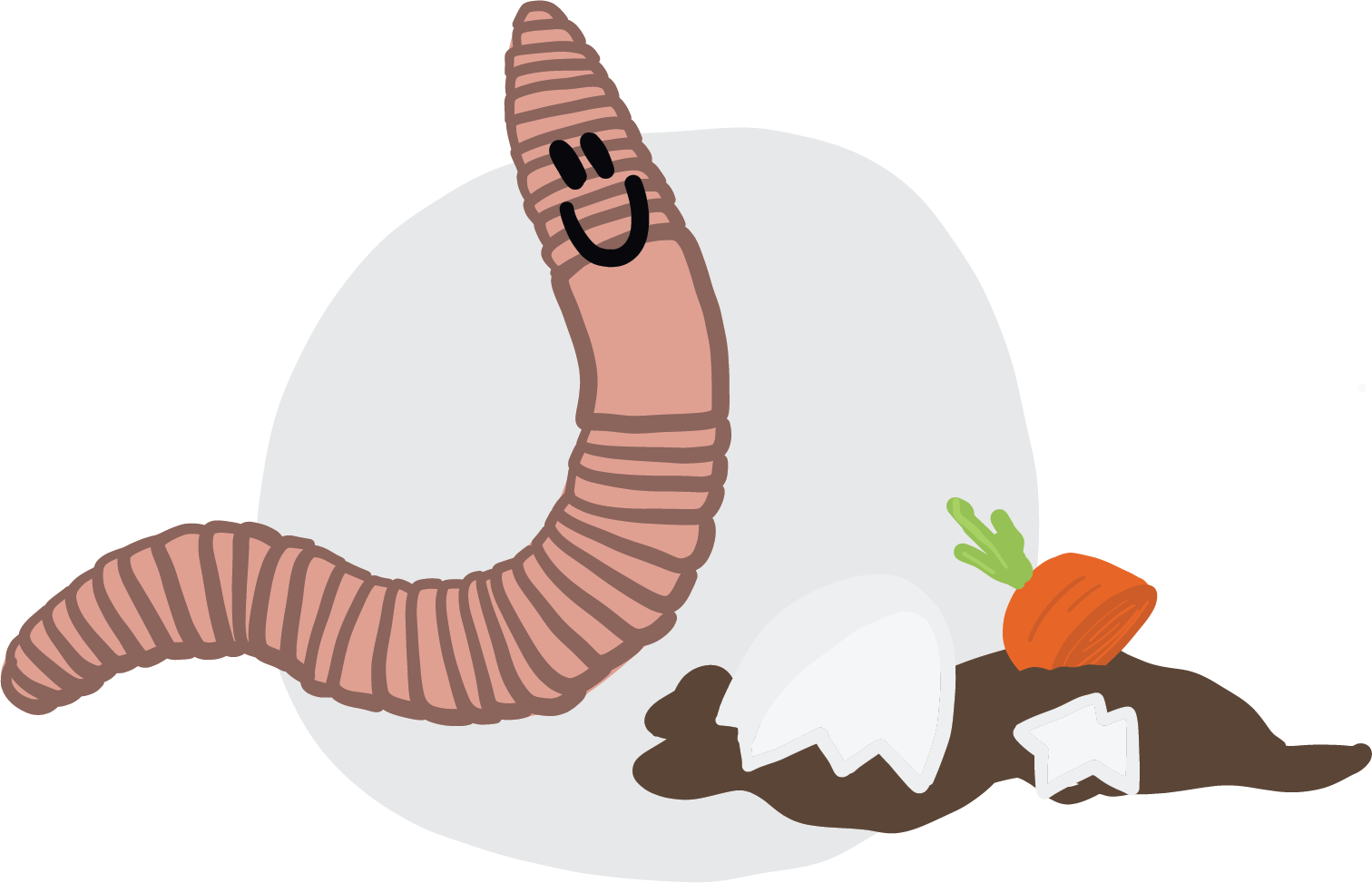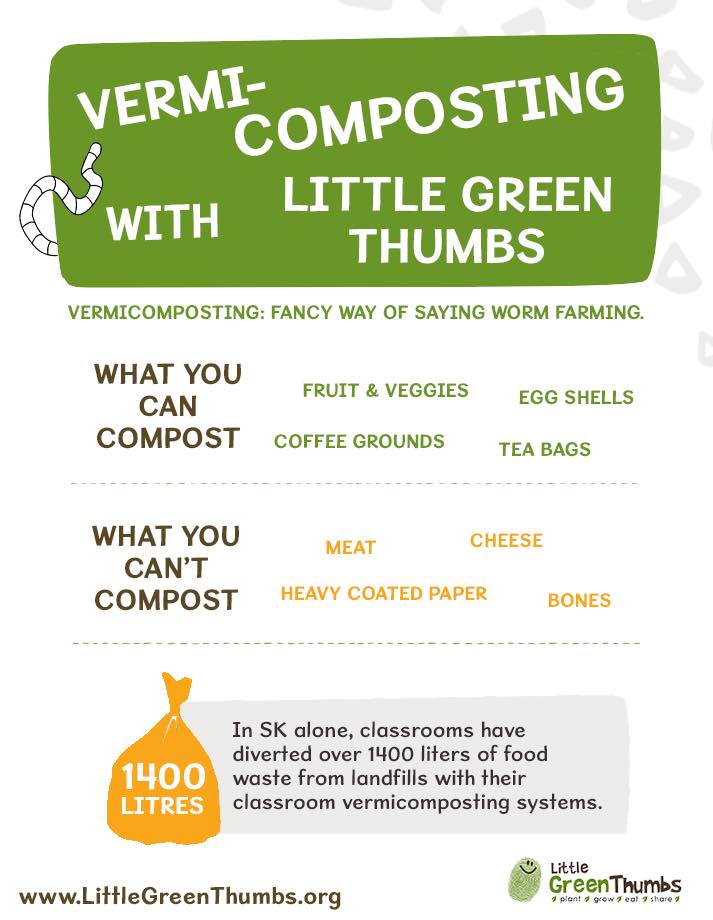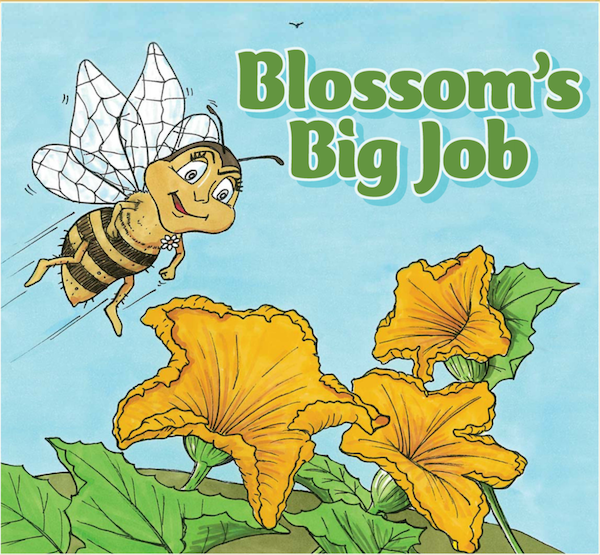Tips for Feeding Your VermiCompost Worms
We suggest feeding your worms once per week. If your worm bin is just starting out, feed at a rate of one litre per week, and then adjusting that amount based off how quickly your worms are eating.
Collect all of your food scraps into a yoghurt container all week and feed your worms at once. This helps to limit the disturbance to your worms.

Consider your worm bin as 6 separate areas – 4 corner areas and two in the middle center.
In your first week, bury your 1-litre of food scraps into the top left corner of the bin bin. Use an extra yoghurt container lid to mark where you last fed your worms.
On the next week, feed your worms into the next area clock-wise (#2), and move your yoghurt lid marker to this spot. One the next, feed 1-litre of food scraps into the next spot (#3).
If your notice that there is still food left over when you return to the #1 spot, decrease the amount of food scraps added to your bin each week! If you notice your worms are eating more quickly, source more food scraps. Try not to overfeed worms, as leftover food will rot and the oxygen levels will fall in your bin and worms will suffer. Worms will generally eat about half their weight in a day!
Preparing Food for Worms
You can add your food scraps directly to your worm bin, but preparing or ore-treating food scraps will make food easier to digest by your worms!
Worms don’t have teeth, but instead grind their food in small gizzards. Without teeth, worms don’t take a bite out of food. They need to wait until the food begins to rot or break down, so that it is soft enough for them to suck off with their very small mouths. This work is done by micro-organisms before food is eaten by worms.
To prepare foods you can:
- Chop with a knife or in a food processor. Remember that food is broken down by microorganisms and then eaten by worms, so the more finely chopped your food waste, the greater surface area for microbes to colonize.
- Freeze (and then thaw) food. When food is frozen, the water in each cell expands and breaks the cell wall, which speed up decomposition. Freezing also kills any insect larva that may be in the food. Make sure to thaw before feeding.
- Let food sit before feeding. Many people do this anyway simply because they feed their worms produce that has gone bad, but food that has already started decomposing is that much closer to ideal worm food.
- Microwave (and then cool) food. Like freezing, microwaving can jump start the decomposition process and can kill any pests that may be present.
-
Make a slurry. Run food scraps through a blender before adding to your bin. This makes a mushy slurry that is easier for worms and bacteria to eat.
What to Feed Your Worms
- Fruit cores and peelings (avoiding too much citrus)
- Wegetable waste
- Egg Shells
- Coffee grounds
- Tea leaves
What Not to Feed Worms
- Greasy foods and dair products
- Spicy foods like garlic and onions
- Grass sprayed with pesticides
- Bread, pasta and wheat products should be kept to a minimum
Have your students test what food worms like best!
They could do this by creating smaller worm bins from yoghurt containers and measuring the rate at which particular foods are eaten. Students might also try this in their classroom worm bin. Place two foods in the centre of the bin. Which food disappear first? How long did it take? Why do you think worms like this particular food better?
Have students make their own ‘What to Feed Worms’ Posters
Hang your poster near or on your worm bin as a reminder.



